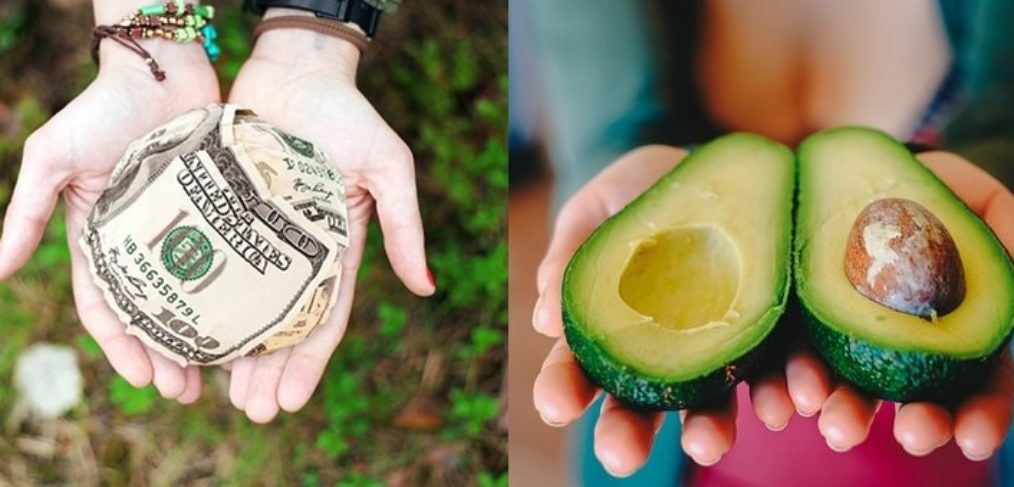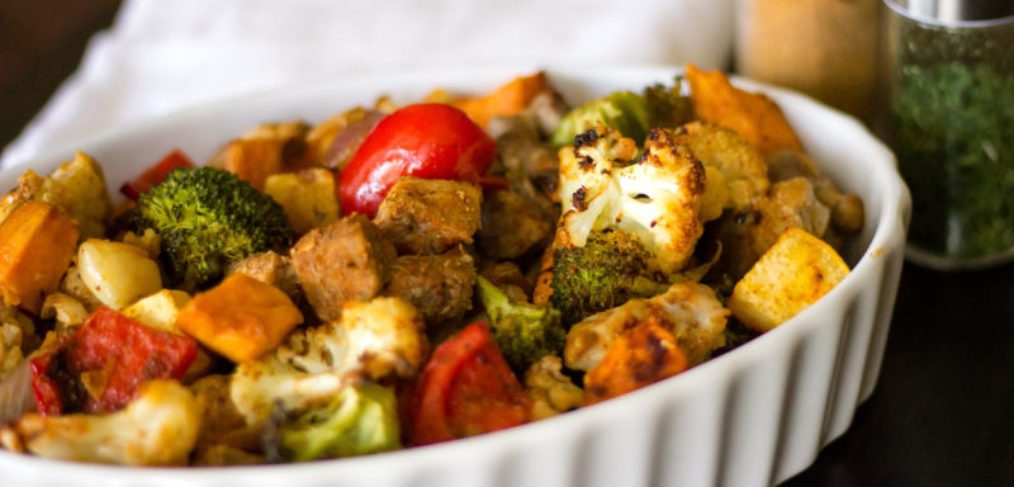Your miraculous body has a built-in detector for the nutrients it needs. Your tongue is a sensitive instrument for discerning the variety of foods that each cell demands. By tuning in to the signals your tongue picks up, you can satisfy your need for a wide array of nutrients.
From the time you were a tiny baby, you have been attuned to sweetness. When the tongue senses a sweet taste, the mind feels comforted and calm, no doubt associated in the infant brain with warm milk, parental contact, and sleep. Nature provided sweet receptors on the tongue for growth and to prevent tissues from drying out. Sweet foods are “builders” that add flesh. It is not bad to enjoy sweet unless the sensory input is unmitigated by other flavors. When a sweet palate over-rides the taste for other important foods, your moist mucus becomes a ready breeding ground for infection. Then sluggishness and weight gain set in.
The counterbalance to sweet is bitter. You may not appreciate the bite of bitter foods if you were not raised on them. But bitterness helps reduce stored weight, is tonic to the liver, stimulates the removal of toxins and waste through the production of bile, and supports digestion. In fact, literally hundreds of points in the gut are turned on when the tongue tastes bitterness, as if that organ were a gong, signalling the body that it’s time to secrete all the digestive fluids.
Most bitters are herbs and include dark leaves such as dandelion, arugula, watercress, and parsley. Some notable exceptions are extra dark chocolate, juniper berry, and caraway seed. When bitter herbs are served at the beginning of a meal, as salad, or at the end of a meal, as tea, they assure timely movement of the food through the large and small intestines.
Like bitter, the perception of sour is most useful to digestion. It, too, stimulates the stomach and liver. Additionally it can relieve gas and increase metabolism. Some of the most beneficial sour foods are the ferments – that class of foods with multiplied digestive enzyme capacity due to its probiotic activity. A true ferment has live cultures, and does NOT include heat-processed canned products, such as sauerkraut and pickles, but it does include fresh krauts, and cultured dairy products such as yogurt and kefir. Take care that these are not artificially sweetened, over-riding the positive effect of sourness.
The purpose of saltiness is to alert your body to mineral content, especially the necessary electrolytes, calcium, magnesium, potassium, sodium. chloride, and phosphate. A little salt can stimulate the appetite, but over-used, leads to excessive water retention in your body. Instead of indulging in processed snack foods, like chips or pretzels, you can satisfy your cravings for the salty taste by sprinkling a dash of fish sauce or soy sauce on your food, using smoked meats, brining your meat before cooking, or putting a pinch of sea salt in your water.
A little-known but vital flavor is umami, which loosely interpreted means “meaty.” Your brilliant tongue discerns this flavor to help you identify protein foods – those rich in amino acids. Your pre-disposition for craving these building blocks of the body can lead you to indulge in man-made products that contain MSG, but no substantial protein component, such as condensed soups and soup mixes, or the myriad of potato chip varieties on the market. Traditional societies gratified their protein detector with bone broth, crayfish, and fish sauce added to recipes.
Two other flavors of note are pungent (or spicy) and astringent, which tend to balance each other, the first warming the body, and the latter cooling it. Your tongue notices spicy foods to allure you to substances that will increase circulation, and trigger sweating for cleansing purposes. Pungent foods include peppers, horseradish, and wasabi.
When too much moisture exists from excessive sweet intake, the tongue can notify you of astringent foods that have drying properties. Some of the most notable astringent foods are cranberry, green apple, and pomegranate.
If your palate is unnaturally conditioned toward only sweet and salty, you may be lacking vital nutrients to keep your body balanced. Try experimenting with new foods that have strange and exciting flavors. Challenge yourself to include 4 or 5 of these 7 tastes in each meal. Ethnic food is an excellent way to broaden your palate, as most societies have a deep food culture that intuitively incorporates the full spectrum of flavors.










